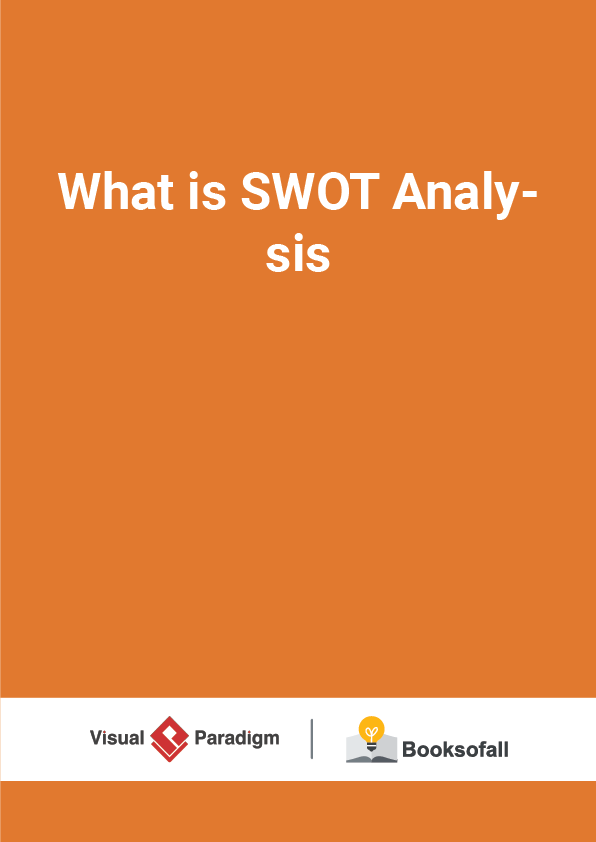What is SWOT Analysis?
6-8 minutes
SWOT analysis is a technique developed at Stanford in the 1970s, frequently used in strategic planning . SWOT is an acronym for Strengths, Weaknesses, Opportunities, and Threats and is a structured planning method that evaluates those four elements of an organization, project or business venture. A SWOT analysis is a simple, but powerful, framework for leveraging the organization’s strengths, improving weaknesses, minimizing threats, and taking the greatest possible advantage of opportunities.
SWOT analysis is a process where the management team identifies the internal and external factors that will affect the company’s future performance. It helps us to identify of what is happening internally and externally, so that you can plan and manage your business in the most effective and efficient manner.
When to Use SWOT Analysis?
A SWOT involves identifying the strengths and weaknesses of the organization, and opportunities and threats present in the market that it operates in. It can be used for studying various situation of a business:
- Organization can perform SWOT analysis for each of its products, services, and markets when deciding on the best way to achieve future growth.
- At the start of a project, it’s important to get a handle on the current situation. Appreciating your strengths, studying opportunities, pinpointing weaknesses and identifying threats is a prudent way to kick off the start-ups in the right direction.
Basic Concepts of SWOT Analysis
The SWOT analysis will help you understand the company’s position which will encourages ideas and decision-making on how to build on strengths, exploit opportunities, minimize weaknesses and protect against threats. Below are four benefits of using a SWOT analysis for your business:
1. Identify Core Competencies – It provides a clear view of your core competencies, and allows you to build on them to meet your business objectives
2. Identify Weaknesses – Recognizing your company’s weaknesses is one of the first steps to improving your business. It reveals your weaknesses and provides a chance to reverse them
3. Explore Opportunities – It helps your to explore the opportunities that lies ahead. Using this you can draft your strategic growth plans based on your strengths and weaknesses
4. Recognize Potential Treats – It helps you analyze possible threats to your business, and you can subsequently make necessary changes to the business policies and necessary actions. Additionally, it facilitates making supplementary or alternative plans, contingency plans, and so on
SWOT Question and Checklist
We can conduct the SWOT analysis by answering the group of similar questions(depending on the context or nature of the problems you would like to solve) for each of the four components:
Strengths
- Identify skills and capabilities that you have.
- What can you do particularly well, relative to rivals?
- What do analysts consider to be your strengths?
- What resources do you have? Is your brand or reputation strong?
Weaknesses
- What do rivals do better than you?
- What do you do poorly?
- What generates the most customer dissatisfaction and complaints?
- What generates the most employee dissatisfaction and complaints?
- What processes and activities can you improve?
Opportunities
- Where can you apply your strengths?
- How are your customers and their needs changing?
- How is technology changing your business? A
- re there new markets for your strengths? (e.g. foreign)
- Are there new ways of producing your products?
- Are your rivals’ customers dissatisfied?
Threats
- Are customers able to meet their needs with alternative products?
- Are customers needs changing away from your product?
- What are your competitors developing?
- Are your rivals improving their product offerings or prices?
- Is new technology making your product obsolete?
- Is your cash-flow and debt position healthy?
- Are your employees satisfied? Is turnover high?
- Is new competition coming?
- Are sales growing slower than the industry average?











